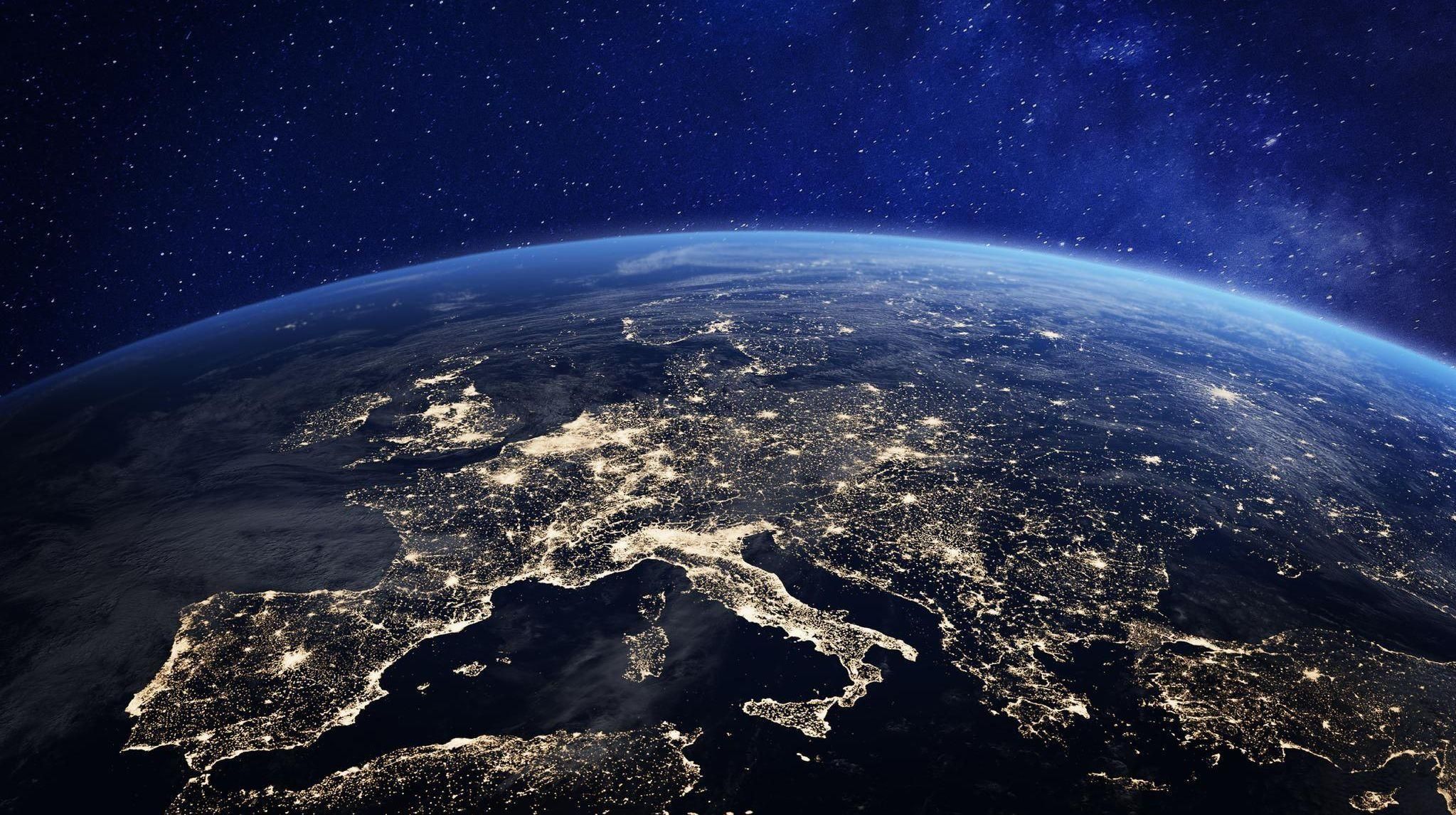Dr Fernando Martin Y Roxas is no stranger to the merits of hard work, having climbed the proverbial ladder while working for the Philippine government-owned and controlled National Power Corporation (NPC).
Initially starting out as a Geologist, he made his way up through the ranks – managing the Corporate Planning Group in 1990 and the Strategic Planning Department in 1994. Today, he’s the President and CEO of the company, having assumed the position in September 2022.
Dr Roxas is a man with a legacy, having played an instrumental role in the passage of the Electric Power Industry Reform Act of 2001 (EPIRA), which sought to re-structure the electric power industry by privatizing the Generation, Transmission, Distribution, and Supply of the power sector, and now provides the principal regulatory framework for the Philippine electricity industry.
“I had to take the draft legislation to three congresses, and I had to educate lawmakers about how the energy sector and electricity industry operates… And after nine whole years of doing that, I was really tired!” he laughs. “So as soon as the President of the Philippines signed and enacted that law, I had the president of NPC sign my early retirement.”
During this time, he taught in the Asian Institute of Management for over 20 years before returning in 2022 to helm NPC – something he admits has not been the easiest.
“When I came back, NPC was in really bad shape… And it still is now because of the high prices of diesel in the market. Right now, we are losing one billion pesos (24 million SGD) a month due to unrecovered fuel expenses, so plugging that hole has occupied most of my time,” he shares.
“There is a strategy in place, but it won’t happen overnight so it’s going to have to get worse before it gets better – but it’s just a matter of execution. In about two years, we should be able to go back to black in terms of finances and breaking even.”
A large part of the financial drain is attributable to the fact that NPC is mandated to provide electricity to all rural areas of the Philippines by 2025, in a process known as missionary electrification. According to Dr Roxas, this is where the bulk of NPC’s efforts and work go.
It can be daunting. “If I were to look at the bad side of things,” Dr Roxas says, “I would be frustrated because it’s not a nice feeling to lose one billion pesos a month for any company… But I look at it as an opportunity to convince all the stakeholders to rally behind me in moving the supply chain of national power into renewables instead of fossil fuel.”
This, he reasons, is sustainable and good for the business. Most importantly, it’s good for the environment – namely, the small islands that the Philippines are famous for – as well as the people in these communities on the islands, with Dr Roxas’ plan to engage the private sector in adding a component of livelihood and income generation to these projects.
Part of the plan is to introduce hybrid fuel sources and move 25% of current energy resources into renewable energy; the remaining 75% is to be stabilised either through diesel units, or by using higher-capacity batteries. This is to work around the geographical makeup of these islands, which can prove challenging: “If you look at the small islands, they’re basically one big mountain in the middle and a beach on the side where people live. Where would you put solar panels? And if you were to imagine shipping out barrels of diesel fuel, some of these islands don’t have ports, they just drop the barrels into the water, and then somebody has to pull them to shore and bring them up to the power plants. It’s difficult, and it’s dangerous – so the challenge is that the technology is there, but we can’t just use off-the-shelf technology; it has to be adapted to what we need in the small islands.”
This challenge has led NPC to work with the University of the Philippines, with plans to install a Renewable Energy Lab designed to work on adaptive technology for use in rural areas. There are also ambitions to run a demo plant with Indonesian partners, to use crude palm oil instead of diesel: “This can be a long-term solution because what’s nice about using palm oil is that it’s always there when you need it, unlike solar or wind, which might be there one moment and gone the other.” Dr Roxas says.
As far as the Philippines is concerned, he adds, there is a strong impetus for renewable energy and greater interconnectivity, with opportunities on the rise – and he is keen on bringing that bullishness to the Enlit Asia 2023 conference, taking place from 14-16 November in Jakarta, Indonesia.
“We’ve grouped 150 power plants into 23 cluster groups and intend to announce the tender for the hybridisation of four cluster groups,” he shares. “I’m offering the private sector four of these clusters as a test case, and we will give them a 20-year power supply agreement, so we will pay for the power that they generate.”
This comes on the back of Philippine president Ferdinand R. Marcos Jr. announcing that the archipelago is open to full foreign ownership of the renewable energy projects, with a circular released by the Department of Energy (DOE) allowing foreign investors to hold 100% equity in the exploration, development and utilisation of solar, wind, hydro, and ocean or tidal energy resources, to attract foreign investments to boost the country’s renewable energy sector and meet its long-term climate targets.
If successful, Dr Roxas says, NPC plans to bid out the remaining 19 clusters by Q1 of 2024.

